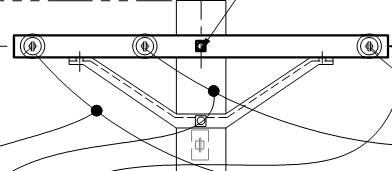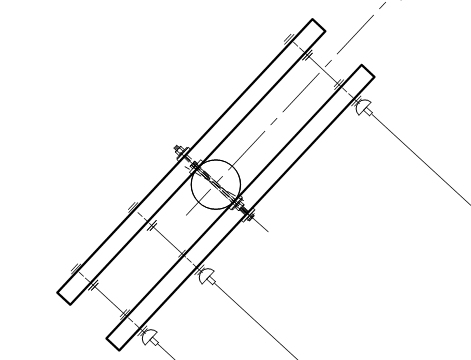Kom3
Structural
- Nov 20, 2019
- 37
Hi, I am trying to figure out how pole crossarms work. Please see the attached images. The way I see it, if there is an imbalanced longitudinal(horizontal) load due to one wire failing on one side, the crossarm would twist about the pole's vertical since there is only one pin connecting the crossarm to the pole. Thus, there is no moment capacity in the connection. Am I missing something? Is the crossarm intended to twist and not resists forces? I believe these are standard details for crossarms on utility poles.
Thanks.


Thanks.





![[idea] [idea] [idea]](/data/assets/smilies/idea.gif)